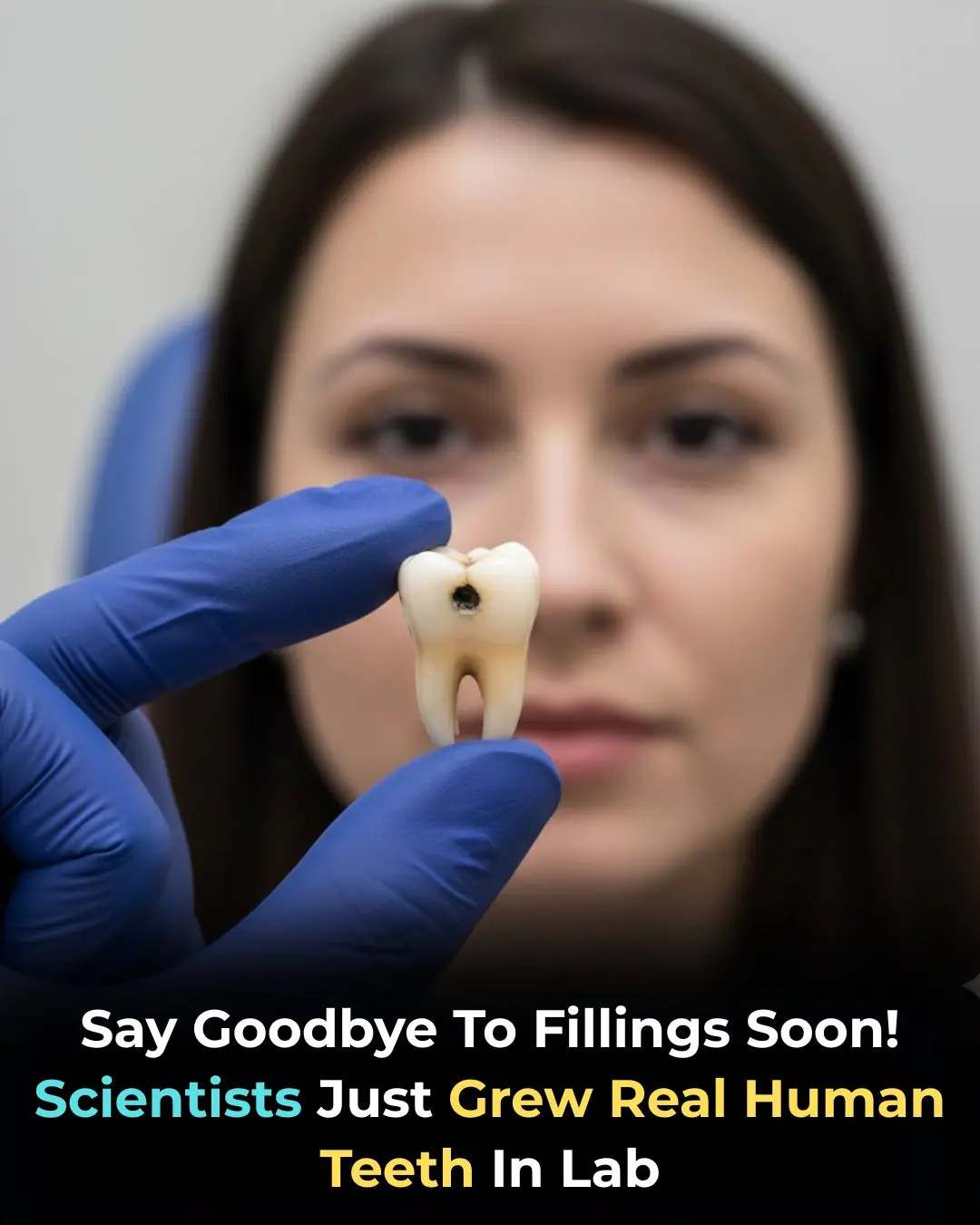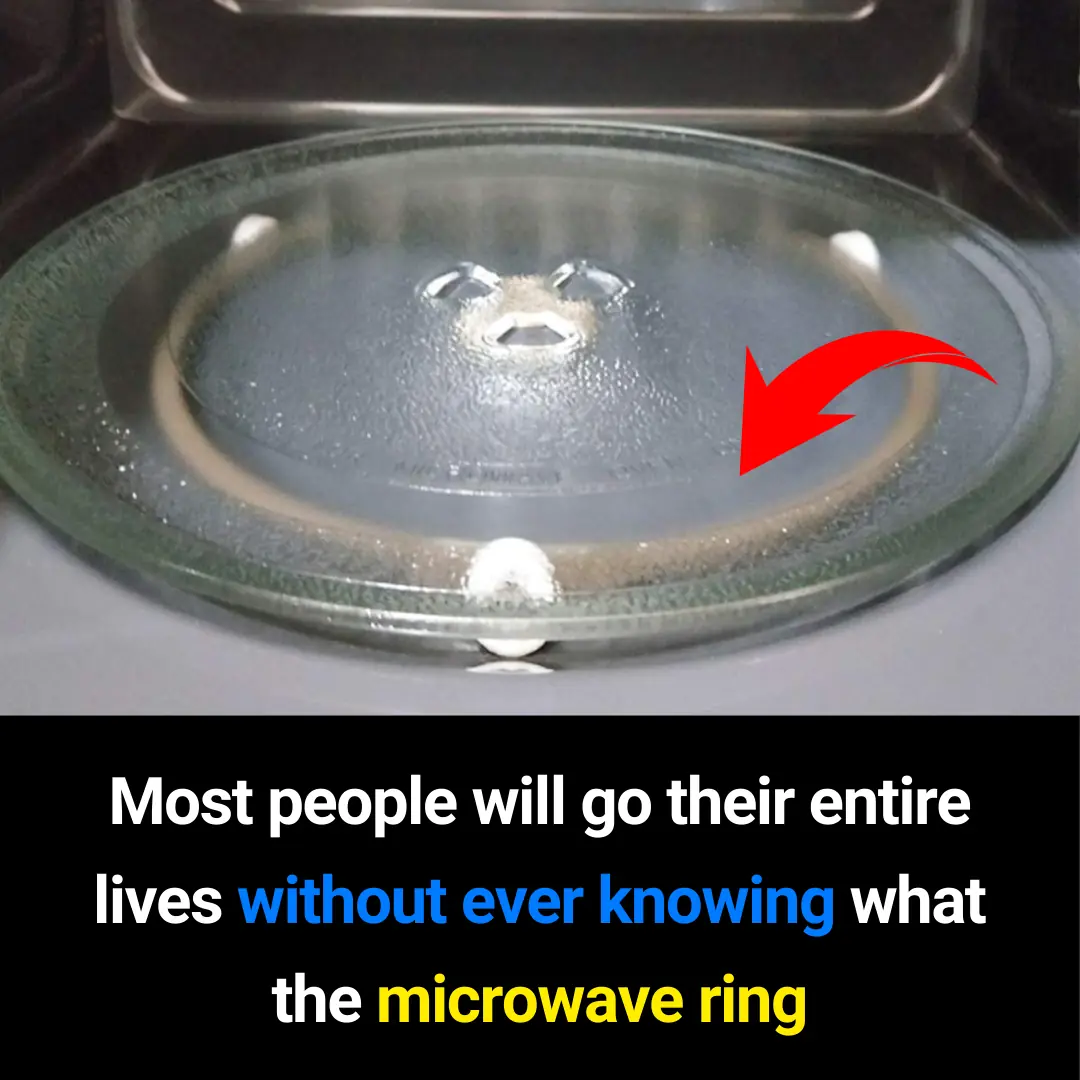
The Netherlands Builds a 600-Meter Floating System to Clean Ocean Plastic: A Breakthrough for Global Marine Protection
The Netherlands Builds a 600-Meter Floating System to Clean Ocean Plastic: A Breakthrough for Global Marine Protection
Engineers in the Netherlands have developed a highly innovative solution to combat one of the world’s most urgent environmental challenges: ocean plastic pollution. Their creation, a 600-meter-long floating cleanup system, is designed to collect and remove plastics from the sea surface efficiently and safely. This cutting-edge invention is part of The Ocean Cleanup, a nonprofit organization founded in 2013 by Dutch inventor Boyan Slat. The project’s long-term mission is ambitious yet inspiring — to remove up to 90% of floating ocean plastic by 2040.

How the Floating Cleanup System Works
Unlike traditional cleanup methods that rely on heavy machinery or fuel-powered boats, this system takes an eco-friendly approach. It works with the ocean rather than against it. Using natural currents, the floating barrier gently guides plastic debris toward a central collection point. Inside this zone, plastics accumulate until they can be safely extracted and transported for recycling or proper disposal.
A major advantage of this design is that it minimizes environmental impact. Because the system moves with the ocean and does not require engines, it reduces the risk of harming marine creatures such as fish, turtles, and plankton. This concept aligns with recommendations from organizations like NOAA and the United Nations Environment Programme (UNEP), which emphasize the importance of non-invasive cleanup solutions.
Why Ocean Plastic Pollution Is a Global Crisis
Plastic pollution is one of the most serious threats facing Earth’s oceans today. According to UNEP and scientific research published by NASA Earth Observatory, millions of tons of plastic enter the ocean every year, much of it breaking down into microplastics that can harm wildlife and enter the human food chain. Marine animals often mistake plastic for food, leading to injuries, digestive blockages, suffocation, and death.
This pollution also damages entire ecosystems, disrupts fisheries, and affects coastal communities. By targeting plastic at the ocean’s surface, the Dutch cleanup system helps reduce long-term ecological harm and protects vulnerable species such as seabirds, dolphins, and sea turtles.
Promising Early Results and Global Potential
Initial tests and deployments by The Ocean Cleanup team have shown extremely promising results. Large amounts of debris have already been collected from areas like the Great Pacific Garbage Patch, proving that large-scale cleanup is both possible and effective. These successes validate years of research, engineering design, and scientific modeling.
Experts from groups such as The Ocean Foundation and NOAA Marine Debris Program note that solutions like this are crucial for long-term ocean recovery. The project demonstrates how engineering, innovation, and environmental responsibility can combine to address a global issue once thought impossible to solve.
Inspiring a Cleaner Future
The Netherlands’ 600-meter floating system is more than a technological achievement — it is a symbol of global hope. If expanded and adopted worldwide, similar systems could dramatically reduce plastic pollution and support healthier oceans for future generations.
With continued research, public support, and international cooperation, The Ocean Cleanup’s vision of restoring ocean ecosystems is within reach. This project is a shining example of how innovative engineering can protect the planet and inspire new environmental solutions around the world.
News in the same category


🌟 Belgium’s 15-Year-Old Prodigy Earns a PhD in Quantum Physics — A Remarkable Journey of Genius and Innovation 🌟

Breakthrough Cell Transplant Restores Insulin Production, Offering New Hope for Diabetes Reversal

A Homeless Pup's Heartfelt Payment: A Story of Kindness and Unspoken Bonds

Renewable Energy Surpasses Coal as World's Largest Source of Electricity: A Historic Milestone for Humanity and the Planet

What You Do First in This Scenario

Revolutionary Alzheimer's Treatment: Sound Waves Used to Remove Brain Plaques and Restore Memory

From Space to Earth: The Science Behind Felix Baumgartner’s Record-Breaking Jump

Transforming Oil into Green Prosperity: The Success of Norway’s Sovereign Wealth Fund

Maximize Broccoli's Cancer-Fighting Power: The Simple Trick That Boosts Sulforaphane Formation

Hidden Fungi in Your Nose: A Surprising Cause of Allergies and Asthma

From Dialysis to Remission: How New Drugs Are Changing the Fight Against Chronic Kidney Disease

The Hidden Beauty of Grass: Discovering Smiling Faces Under the Microscope

The Quiet of Blue Whales: How Climate Change is Affecting Whale Behavior and Ecosystems

The Arrival of Mosquitoes in Iceland: A Sign of Shifting Ecosystems and Public Health Risks

PP405: A Promising New Drug That Could Revolutionize Hair Loss Treatment by Reactivating Dormant Hair Follicles

Astronomers Capture Groundbreaking Image of New Solar System Formation

Denmark's 'Rolling Grocer' Initiative Brings Fresh Food and Community Connection to Rural Seniors

Mosquitoes Discovered in Iceland for the First Time: A Warning of Climate Change Effects
News Post

Why Those Tiny Dots on Your Nose Are Completely Normal

Groundbreaking Gene-Edited Cell Therapy Shows Promise for Type 1 Diabetes Cure

Scientists Grow Fully Functional Human Teeth in the Lab — A Breakthrough That Could Transform Dentistry Forever

The Surprising Healing Power of Onion Milk

What Is a Microwave Ring Cover? Why This Small Part Matters More Than You Think (SEO-Friendly Guide)

✅ International Medical Recommendations for Treating Snakebites

🌟 Belgium’s 15-Year-Old Prodigy Earns a PhD in Quantum Physics — A Remarkable Journey of Genius and Innovation 🌟

The Brain Actively Erases Short-Term Memories to Boost Efficiency

Betelgeuse Nears Its Final Stage: A Supernova That Could Be Visible in Daylight

Deadly Mistakes to Avoid When Showering With Hot Water in Winter

2 Pork Parts That Contain a High Amount of Risky Cells — Stop Eating Them Before It’s Too Late

3 types of vegetables you shouldn’t eat raw — no matter how tasty or nutritious — because they can silently damage the liver

More and more people are developing kidney failure, and doctors warn that four common drinks are the “silent culprits.” It’s time to cut back.

I Had No Clue About This! Such an Interesting Trick My Nana Swore By

My Nana Swears by This! Just 1 Thin Slice a Week — Your Orchids Will Explode with Growth

The Keyless Car Trend Everyone’s Talking About

Nana’s Timeless Trick for Bringing Jewelry Back to Life

Stem Cell Therapy Restores Insulin Production in Type 1 Diabetes Patients
